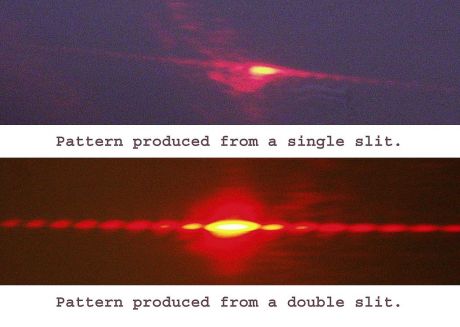Quantum control of light and matter

Single_&_double_slit_experiment
By Patrick Edwin Moran (Own work) [GFDL (http://www.gnu.org/copyleft/fdl.html) or CC BY-SA 3.0 (http://creativecommons.org/licenses/by-sa/3.0)], via Wikimedia Commons
The ability to tune the interaction between light and matter at the quantum level paves the path to quantum computing and sensing. EU-funded scientists have provided the theoretical framework that promises to make implementation realisable.
The quest for full control over the quantum state of cold atoms and
their interactions with photons has evolved into the vision of what are
called ensemble-based quantum information and quantum interfaces. These
systems have demonstrated the potential to support the experimental
implementation of information processing and sensing based on quantum
mechanical features.
Such advanced applications of cold atom ensembles require, however, sophisticated trapping and cooling schemes as well as diagnostic techniques. Scientists launched the EU-funded project AAPLQIC (Light-phonon quantum interface with atomic arrays in a cavity) to advance the theoretical framework for the development of optical traps, realised in high-finesse cavities.
Researchers explored the possibility of trapping chains of atoms in optical cavities that combine small mode volume with high finesse. The problem of cooling a single trapped particle in a cavity was addressed both theoretically and experimentally. However, there were issues with stability when there is simultaneous cooling of many particles forming an array.
Scientists achieved their initial goal beginning with the setup of a theoretical model. This described the general configuration in which the optical cavity potential and the atoms array have different periodicities. The inhomogeneity of the traps was found to be a critical factor for ensuring the cooling of all atoms through global coupling to the cavity mode.
In other work, the AAPLQIC team established a protocol for bringing the atoms' collective motion to states relevant for quantum sensing. In particular, squeezing the atoms collective motion is accompanied by quantum entanglement between the individual atoms. The new scheme allows us to determine the degree of squeezing of the atoms' motion with high precision.
The experimental system where a new source of quantum light has been implemented offers a promising platform for quantum technological applications. The first results have already been disseminated within the scientific community. The knowledge acquired will also deepen our understanding of quantum mechanical effects of light on atoms at low temperatures.
published: 2016-03-08

